As I selected my five special spots in La Rochelle, it struck me how steeped in history they all were. Of course, all French cities boast a rich history, but could some be more historic than others?
I found such a connection between the past and the present: although each site bears witness to history, today these are the places where Rochelais shop, reflect, sip, and worship.
1. Le Marché Central
“Make sure to visit [insert French town name] on market day” is such a frequent injunction that I find it a cliché. But no need for it here — in La Rochelle, every day is market day, thanks to Le Marché Central.
Built in 1834 and expanded in 1893, it was designed by the official municipal architect Antoine Brossard.
As you can see, the structure is getting a bit long in the tooth — for this very reason, one immediately falls in love with it.
Having visited sleeker halles, I left thinking how delightful this vintage-style covered market was, and hoping the city wouldn’t be revamping it anytime soon. But I learned, with a tinge of sadness, that renovations could be afoot, with the goal of “redynamizing” and “requalifying” it – whatever requalifier even means for a food market.
2. Clarisse
Clarisse stands facing the bay, nursing a pudgy-faced baby. An emaciated toddler stands below, tugging at her raggedy ankle-length dress. Her face reflects fatigue and deep resignation: she knows she has no choice but to use her milk to nourish the healthier child, even as her son suffers.
Inaugurated on May 10th 2024 by Prime Minister Gabriel Attal, Clarisse, Nourrice Esclave – Clarisse, the Wet Nurse Slave – is the official name of the bronze statue that forms the centerpiece of a discreet commemorative square that serves as a memorial to La Rochelle’s significant role in the slave trade, euphemistically known as “triangular trade”, between Europe, Africa and the Americas.
Given this important and inglorious era of La Rochelle’s history, I felt it was incumbent on me to include this moving memorial, sculpted in Bordeaux by the Haitian artist Woodly Caymitte (Filipo) and a team of artisans.
3. Les Arcades
Formerly known as Les Arceaux, literally “the hoops,” the city’s arcades protect many of La Rochelle’s downtown shops from the elements – as they have for centuries.
In the Middle Ages, merchants built wooden pillars and makeshift roofs to cover their wares. Little by little, wood was replaced by stone, and as trade enriched La Rochelle, proper buildings went up.
In order to benefit from the shelter provided, merchants paid an extra tax – but the increased business from protected retail space was no doubt worth it, given nobody had umbrellas then.
They are magnificently illuminated at night, and make a splendid home for Le Café de la Paix, a Rochelais institution:
Traces of shops past are visible on a few outer façades, and left me wondering about how specific emplacements have evolved from the Middle Ages until our era.
4. A Protestant church, for once
In French, Protestant churches are called “temples”, and few are well-known tourist sites.
But La Rochelle was a notable Protestant stronghold, and city leaders got the bright idea of declaring independence from France in 1621, sometimes going so far as to call the city the “New Republic of La Rochelle”.
Unsurprisingly, this was not to the liking of King Louis XIII. Fearing a new La Rochelle-England-Holland axis of power, he ordered Cardinal Richelieu to starve the Huguenot rats out, leading to the Siege of La Rochelle (1627-1628), a famous and infamous period of French history. Some women and children were evacuated during the siege, not to survive for long. Rochelais who stayed behind were in for death by illness or starvation, as French naval forces blocked all access to the city. In the end, only 5,400 of the city’s 28,000 inhabitants survived.
The episode lives on today in the city’s motto, La Rochelle, Belle et Rebelle.
The city’s main Protestant church, le Temple des Recollets, is located near the Old Port area. Suitably austere, it is also a great place to get away from the waterfront hubbub.
5. Le quartier des Gabuts
Across from the tourist-drenched and very French-style Vieux Port, one can quickly be transported to a colorful, modern atmosphere – and perhaps wonder why.
Welcome to the Gabuts neighborhood. Formerly a buzzing industrial port area, this side of La Rochelle fell into abandonment in the 1980s. But the city chose to reinvent it, taking inspiration from Scandinavian colors and modern architecture. This “new” neighborhood features shops and restaurants, as well as office buildings.
However, not all of the area was renovated; visitors can also get a glimpse of port industry buildings left standing, where street art has been allowed to flourish.
For a deeper dive into La Rochelle, home to nearly 80,000 Rochelais and Rochelaises, you can find the following posts on my Substack publication, France in Between.
La Rochelle: France’s second-biggest slave trade port
La Rochelle, Belle et Rebelle
La Rochelle Blues
Image credits: all images copyright Betty Carlson / author
Introducing Contributor Betty Carlson
Visit her Contributor Page — Explore more of Betty’s work




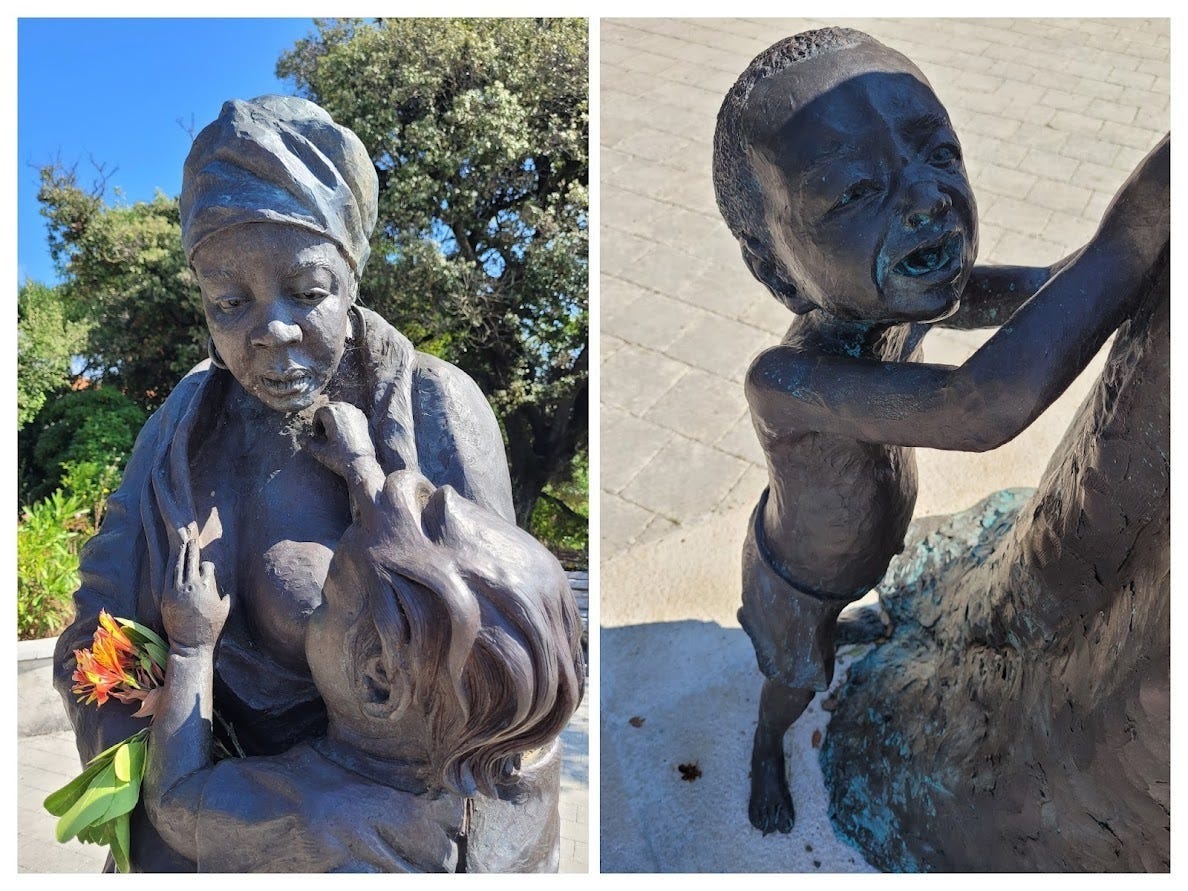

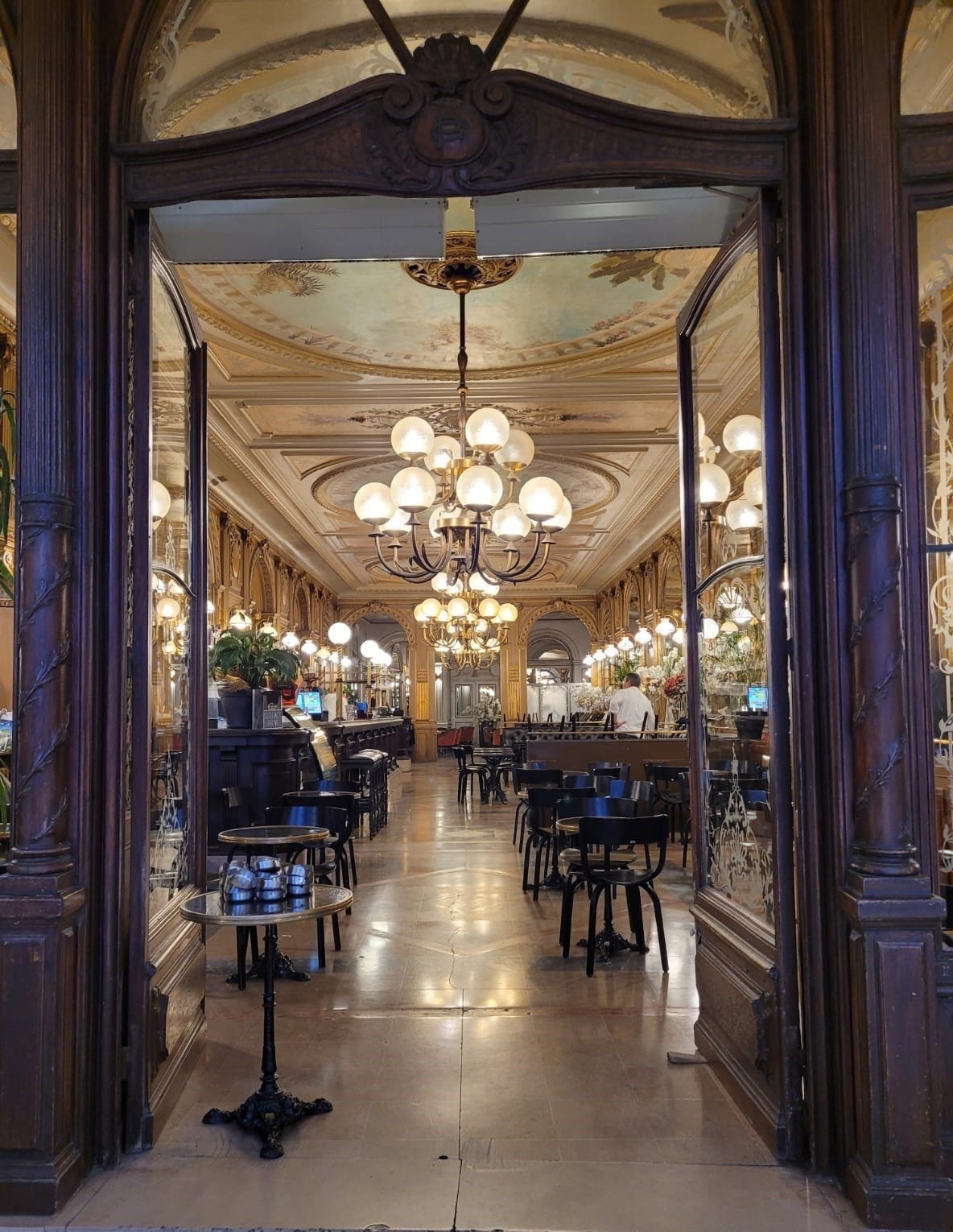
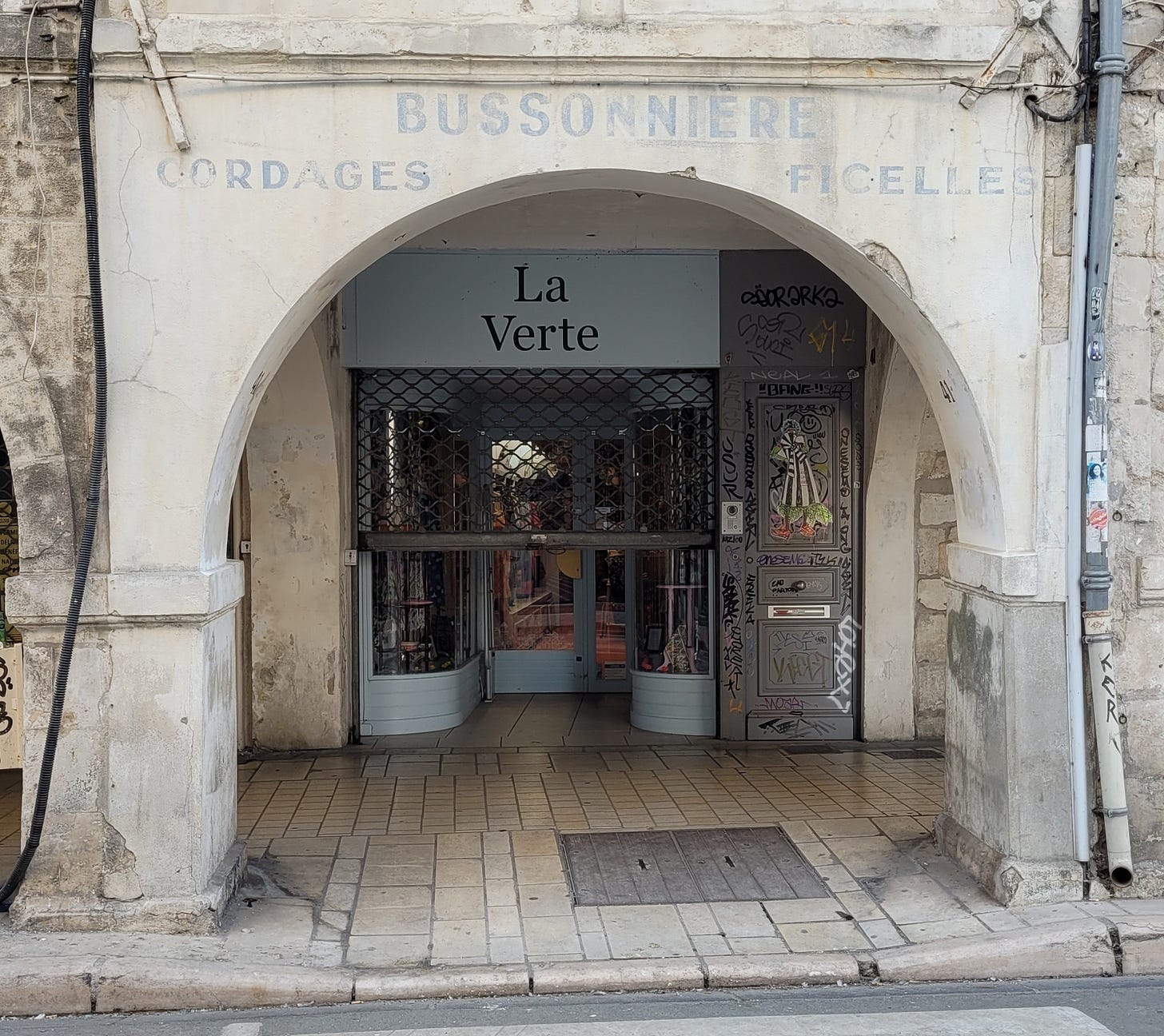
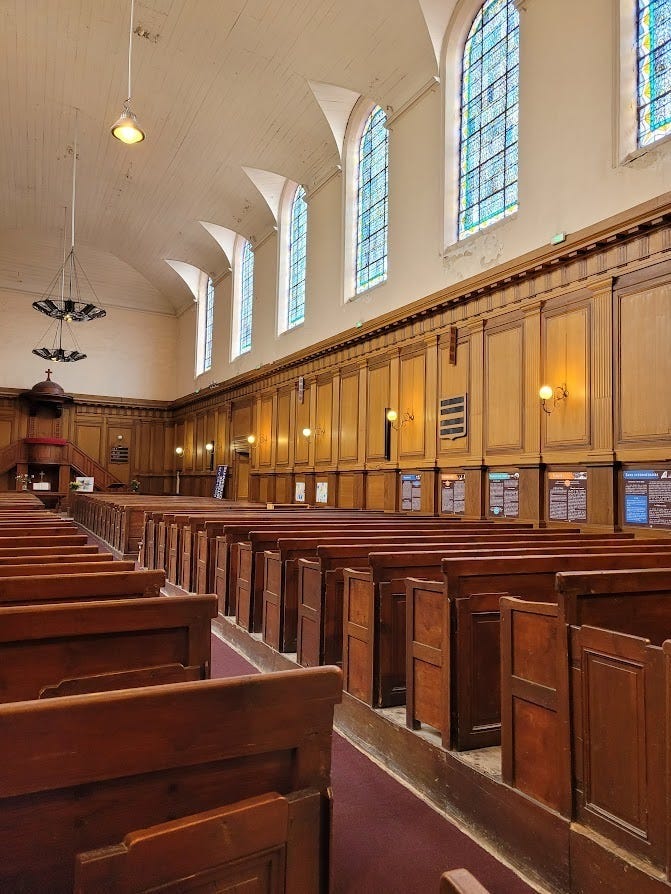
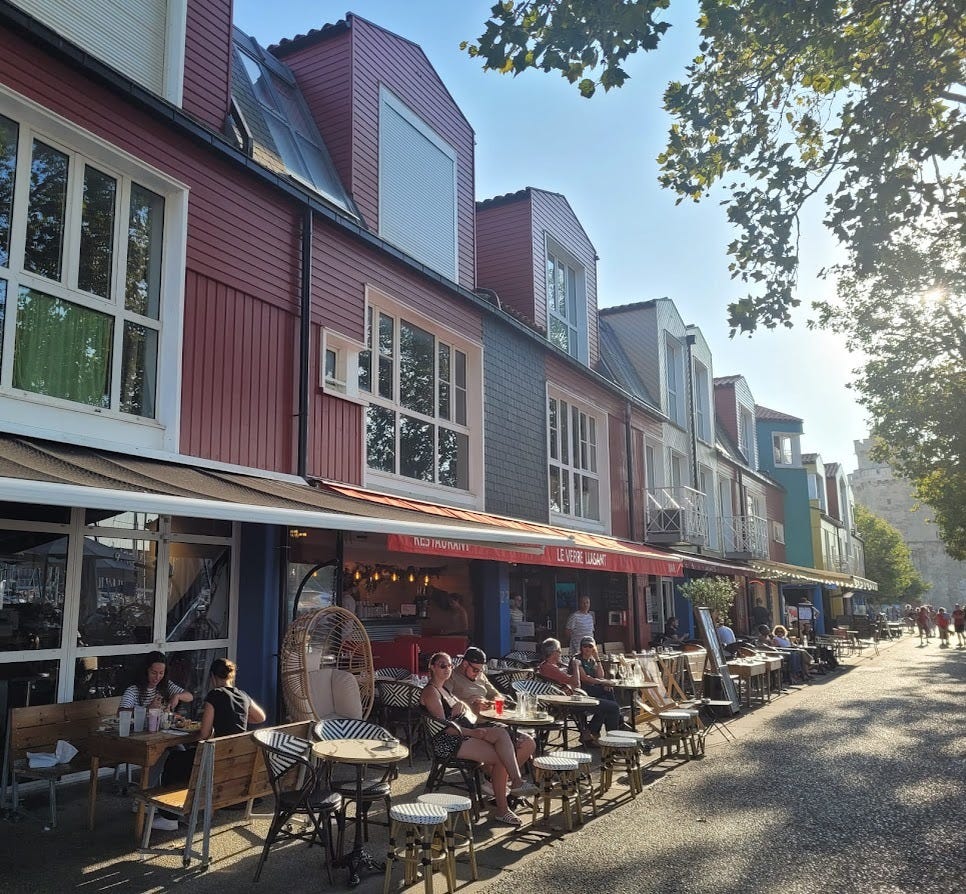
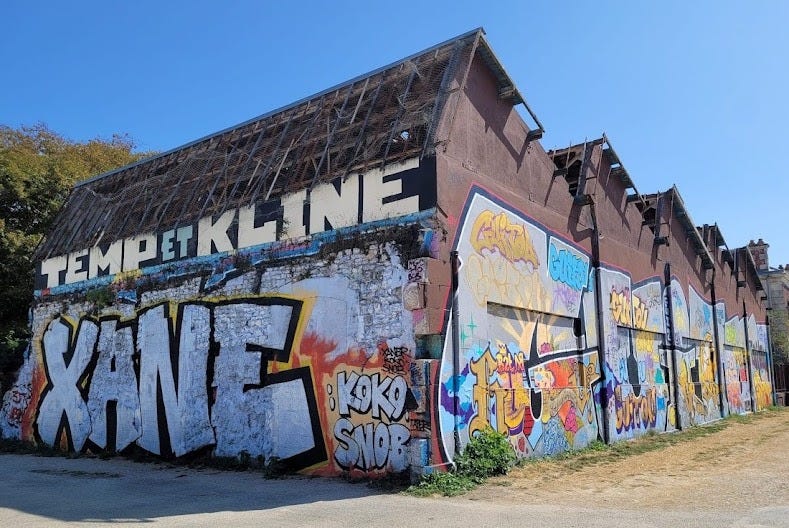
Such a great article! I’ve been there twice but after reading your post, I want to go there again! « Jamais deux sans trois »!
Thank you so much for sharing!
This is one of my favorite reads by Betty Carlson!
Refreshing to get insight on historical context that should not be ignored while at the same time reading about the great things to see in the city.
Thank you Betty for sharing!